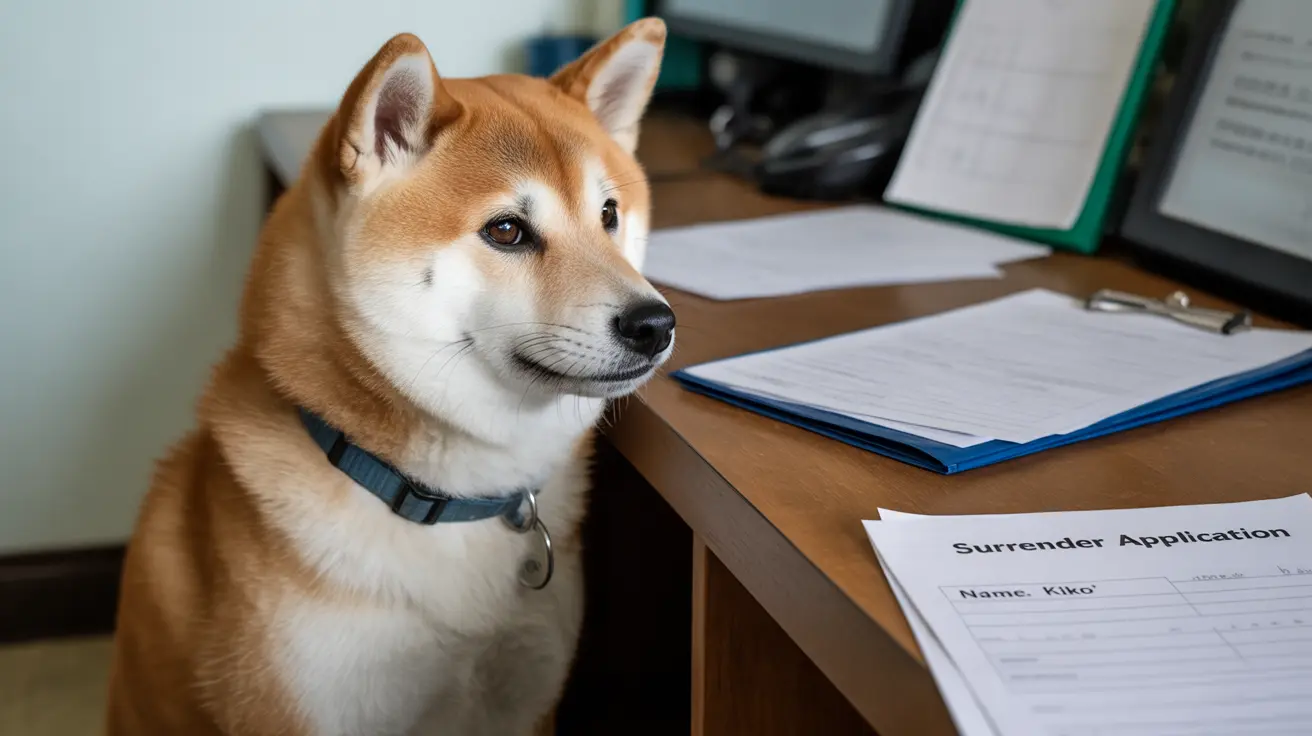The Serious Consequences of Not Brushing Your Dog's Teeth
Caring for your dog’s dental health is more critical than many pet owners realize. While it's easy to overlook your dog’s teeth during daily care routines, poor dental hygiene can have serious and wide-reaching effects on your pet's overall health.
Most dogs begin to show signs of dental disease by age three. In fact, up to 80–90% of dogs over three years old suffer from it, making dental disease one of the most common ailments in adult canines. If left untreated, it can lead not only to mouth pain and tooth loss, but also affect major organs, shortening a dog’s life.
Why Brushing Your Dog’s Teeth Matters
Brushing your dog's teeth is not just about fresh breath. It's a crucial preventive measure against the development of plaque and tartar, which harbor harmful bacteria. These bacteria can accumulate along the gumline, leading to infection and inflammation—conditions known collectively as periodontal disease.
What can happen if you skip brushing?
- Pain and tooth loss: Tartar build-up can push under the gumline, causing gum infections and loose teeth.
- Oral infections and abscesses: Bacteria can enter exposed roots, resulting in pus-filled abscesses that are painful and dangerous if untreated.
- Organ damage: Bacteria from the mouth can enter the bloodstream, potentially damaging the heart, liver, or kidneys.
Brushing Frequency: How Often is Enough?
Daily brushing is ideal for removing bacteria and food particles before they form plaque. Plaque can harden into tartar in just 24–48 hours. If daily brushing feels overwhelming, aim for at least two to three times per week. Be consistent—frequency is key in preventing dental issues.
In addition to brushing,
professional cleanings by a veterinarian are highly recommended at least once a year. These allow for a thorough inspection and removal of plaque and tartar from hard-to-reach areas.
Starting a Brushing Routine: Tips for Success
To effectively clean your dog's teeth:
- Use a pet-specific toothbrush or a soft-bristled human brush with a small head.
- Only use dog-safe toothpaste—never use human toothpaste, as it may contain ingredients like xylitol or fluoride, which are toxic to dogs.
- Begin brushing early in life if possible. Puppies adapt more easily, but even older dogs can learn the routine with patience.
Choose a quiet, non-distracting place and gently introduce your dog to the process. Start by rubbing your finger or a cloth on the outer tooth surfaces. Gradually transition to a toothbrush once your pup is comfortable. Focus on the
outer surfaces near the gumline, where plaque builds up most.
Keep sessions short, about 30 seconds per side, and
always end with praise or a small treat to build positive associations.
When Brushing is Difficult
Some dogs, particularly head-shy ones, may resist brushing. Begin at your dog’s pace:
- Start by handling their muzzle and lifting their lips without brushing at all.
- Reward small successes and slowly work up to full brushing over days or weeks.
- Consult your veterinarian for demonstrations and personalized tips.
Avoid using abrasive materials like baking soda, which can irritate your dog’s mouth or upset their stomach. Never share toothbrushes between pets, and replace brushes every three months or sooner if they show wear.
Supplemental Dental Care Options
While brushing is best, other tools can complement oral care:
- Dental chews: Look for those approved by the Veterinary Oral Health Council (VOHC).
- Water additives: Some products help reduce plaque-forming bacteria in the mouth.
- Dental wipes: A useful alternative when brushing isn’t tolerable.
These options should not replace brushing but can support broader dental hygiene when used in tandem.
Signs of Dental Trouble
Monitor your dog for signs of oral health issues. Warning symptoms include:
- Red, inflamed, or bleeding gums
- Excessive drooling
- Reluctance to chew or dropping food
- Chipped or loose teeth
- Foul, persistent breath odor
If any of these signs appear, schedule a veterinary dental checkup immediately. Early intervention can prevent more serious health outcomes.
Maintain Long-Term Oral Health
Good dental care contributes to your dog’s comfort, longevity, and quality of life. Alongside brushing, provide a
balanced diet, schedule regular vet checkups, and incorporate safe dental enrichment tools. Remember, dental disease doesn't just affect the mouth—it can impair your dog's
entire systemic health.
In Conclusion
Neglecting your dog’s dental hygiene can lead to severe health complications. Brushing is the cornerstone of preventive care, safeguarding your pet from pain, infection, and reduced life expectancy. With a little patience and the right tools, you can keep your dog’s smile clean and healthy for years to come.





